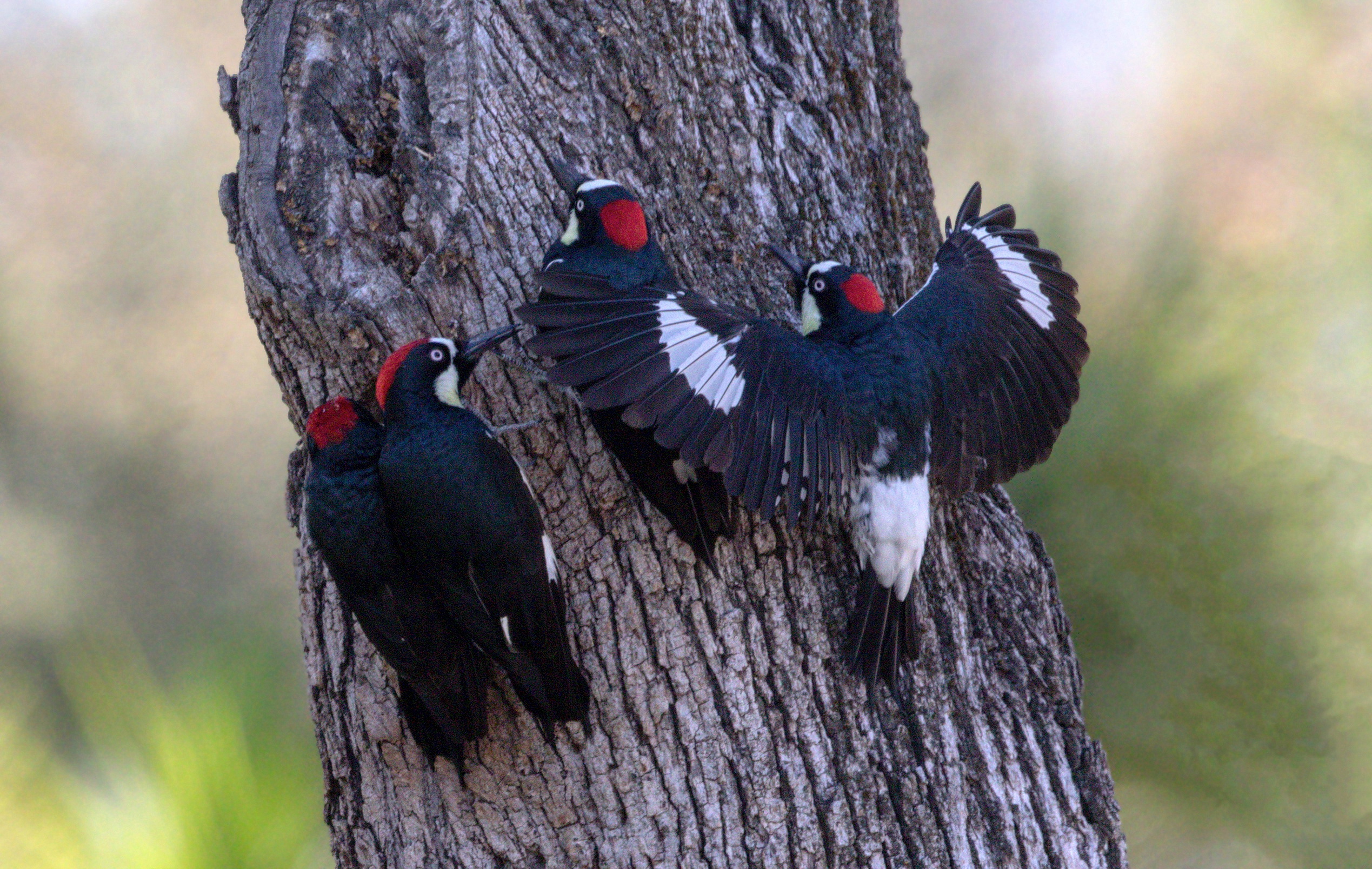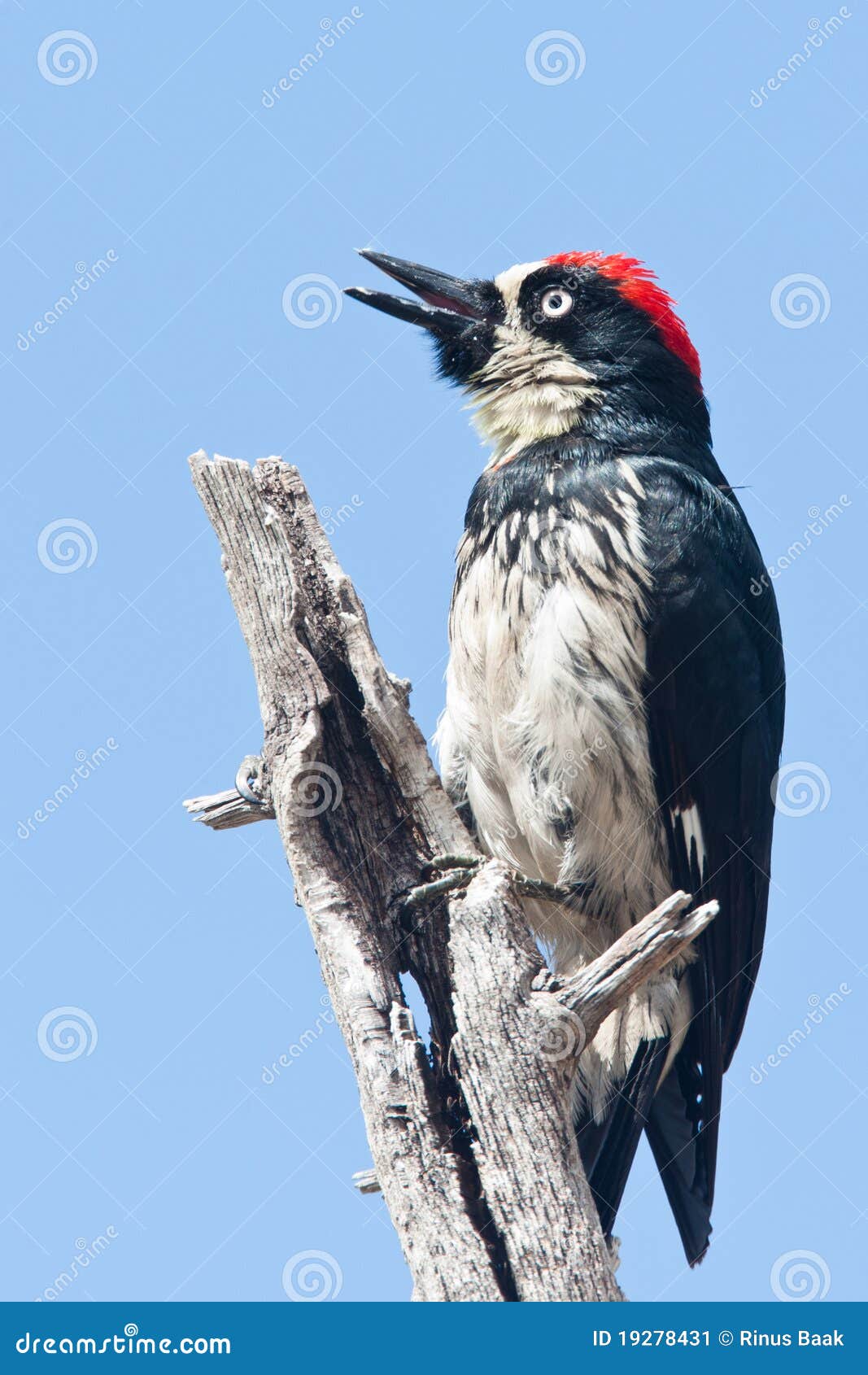
ACORN WOODPECKER SHUTTERSTOCK ARCHIVE
A newer sister group, called " Trypophobia Triggers," acts as an archive of pockmarked, pitted images that send members' stomachs turning.Īfter an extended struggle, the trypophobe community secured a Wikipedia page describing the condition. As of today, the public group has over 13,600 members. The term came into popular usage in 2009, when a University of Albany student named Masai Andrews founded the website and a trypophobe support group on Facebook, according to Popular Science. The term "trypophobia" is thought to have originated on an online forum entitled " A Phobia of Holes." A user named Louise from Ireland consulted the Oxford Word and Language Service for help crafting the word, which translates to "fear of boring holes" in Greek. (Image credit: Shutterstock) Is trypophobia real? The pattern it leaves is disturbing to some people. Sometimes they slightly adjust the size of the hole to make it fit snug.The acorn woodpecker stashes acorns in numerous holes the bird drills into tree bark. “So they’re trying to fit a puzzle piece in the right spot. “So some acorns are fat and squat, some are long, narrow,” Brierly said. “Unfortunately, sometimes that also means they’re storing acorns in people’s homes or sheds,” she said.īirders across the west can watch them fuss over their granaries, looking for the perfect hole to store their acorns in. The birds have adapted to urban environments all along the west coast of the US, she said, which has made them more resilient than other species to changes in their habitat and human development. “They’ll hold their wings out in a funny little way when a friend or family member shows up, and they will do a funny call – an almost laughing sort of greeting, and a little dance that goes with it.” “I love it!” she said – though she’s been trying not to respond with too many woodpecker facts. Photograph: Robin Loznak/Zuma Wire/Rex/Shutterstockīrierly, who studies the birds’ social dynamics, said friends and family from all over the country have been sending her the news of Castro’s acorn discovery. The acorn woodpecker likes to store acorns, naturally enough, to consume later. “So their entire ecosystem, life history and way of living revolves around acorns.” “Of course these are acorn woodpeckers,” Brierly said. Sometimes staging spectacular battles, these families defend their granaries in oak forests across coastal Oregon, California and Mexico. The birds form polyamorous families with up to seven males and four females, who are joined by other relatives that help them raise their young. Generations of woodpeckers can take up to 100 years to perforate large trees with 50,000 acorn cubby-holes, said Brierly.

“Bird was a bit of a hoarder,” he wrote on Facebook. So they kept filling the gap with more and more acorns.

In this case, it appeared that the woodpeckers, who had initially tried storing their nuts in the house’s wood siding until a previous owner wrapped the house in vinyl, began stacking them inside the chimney, Castro told the Press Democrat.īecause the nuts kept falling into a wall cavity, the birds couldn’t access them. Exterminator Nick Castro was inspecting the home for mealworms.


 0 kommentar(er)
0 kommentar(er)
